

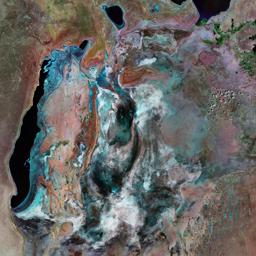
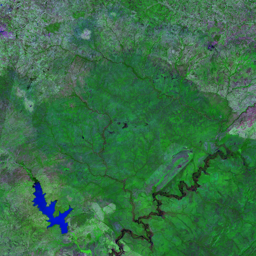



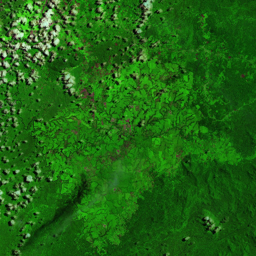

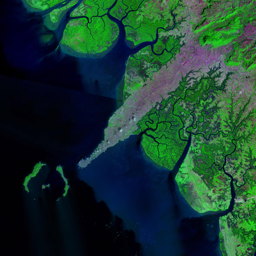
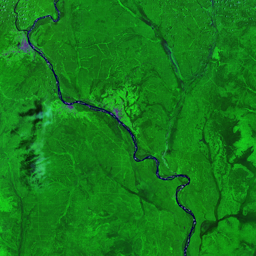
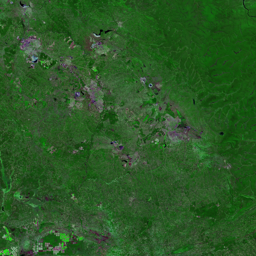
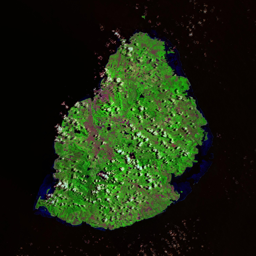
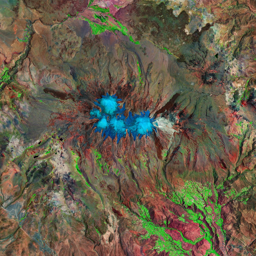
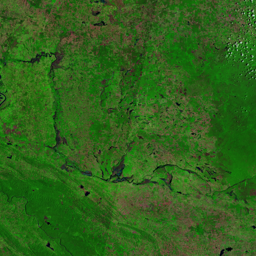
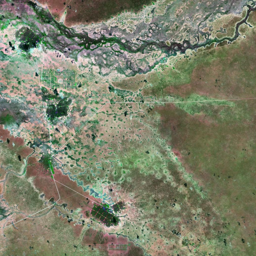

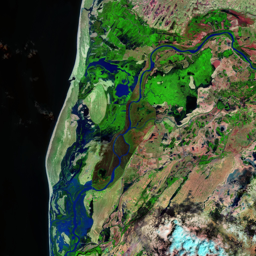


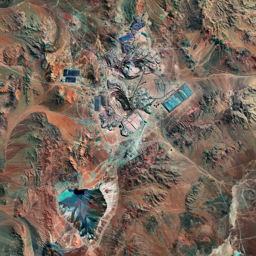
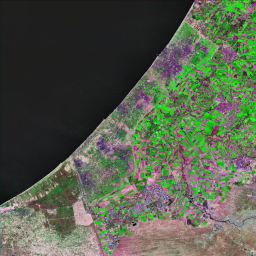






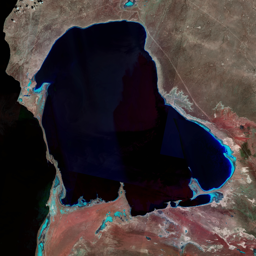
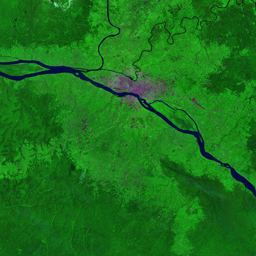


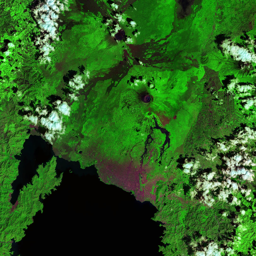

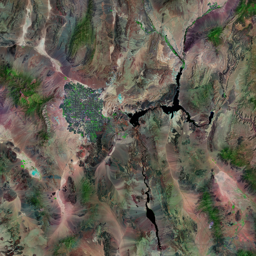
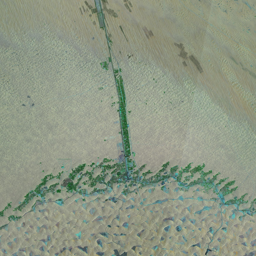
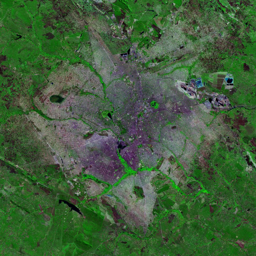



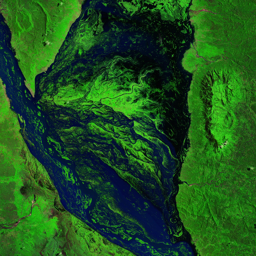







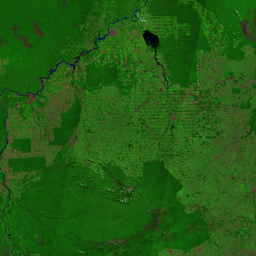
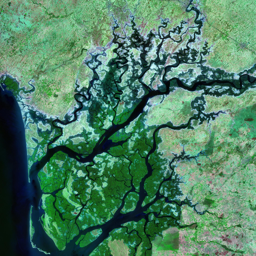

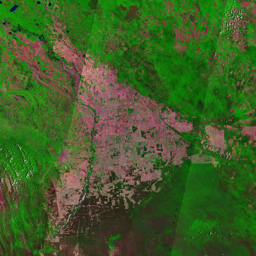
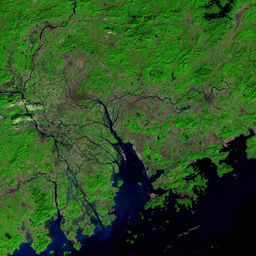

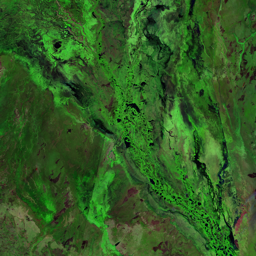

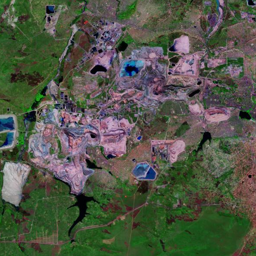
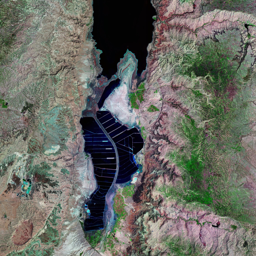

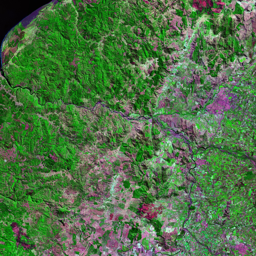


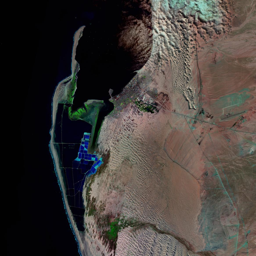

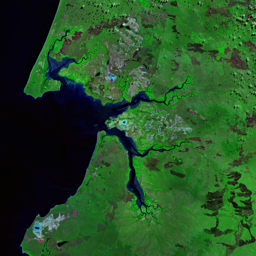
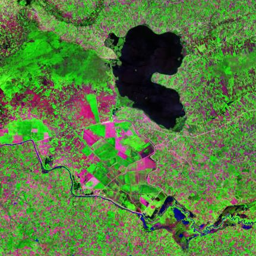
Yala Swamp, Kenya's largest freshwater wetland, is located on the deltaic sediments of the Nzoia and Yala Rivers at the point at which they empty in Lake Victoria. The expansive wetland contains three freshwater lakes: Kanyaboli, Sare, and Namboyo. Its vegetation is dominated by papyrus (Cyperus papyrus), phragmites and typha. The wetland is one of the few refuges of the threatened Sitatunga antelope (Tragelaphus spekeii) in Kenya. The associated lakes contain some critically endangered haplochromine fish species, some of which have been rendered extinct in the main basin of Lake Victoria. The Yala Swamp is also profuse with birdlife. Yala Swamp also has tremendous socio-economic value to surrounding communities for whom it is a source of arable land, fish protein, vegetables, medicinal herbs and construction materials. However, because only the Lake Kanyaboli portion of the wetland is legally protected (because it was gazetted as a national reserve), it is prone to overexploitation. The images illustrate the progressive conversion of the wetland's vegetation to agricultural use. While conversion of the wetland may yield short-term gain, it invariably leads to long-term economic, social, and environmental ills such as higher food costs, loss of soil fertility and lower yields.
Use shift + scroll to zoom the map
Use shift + scroll to zoom the map